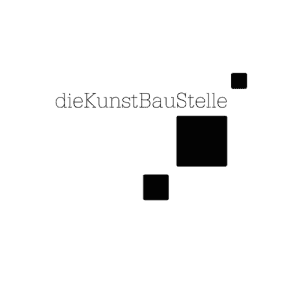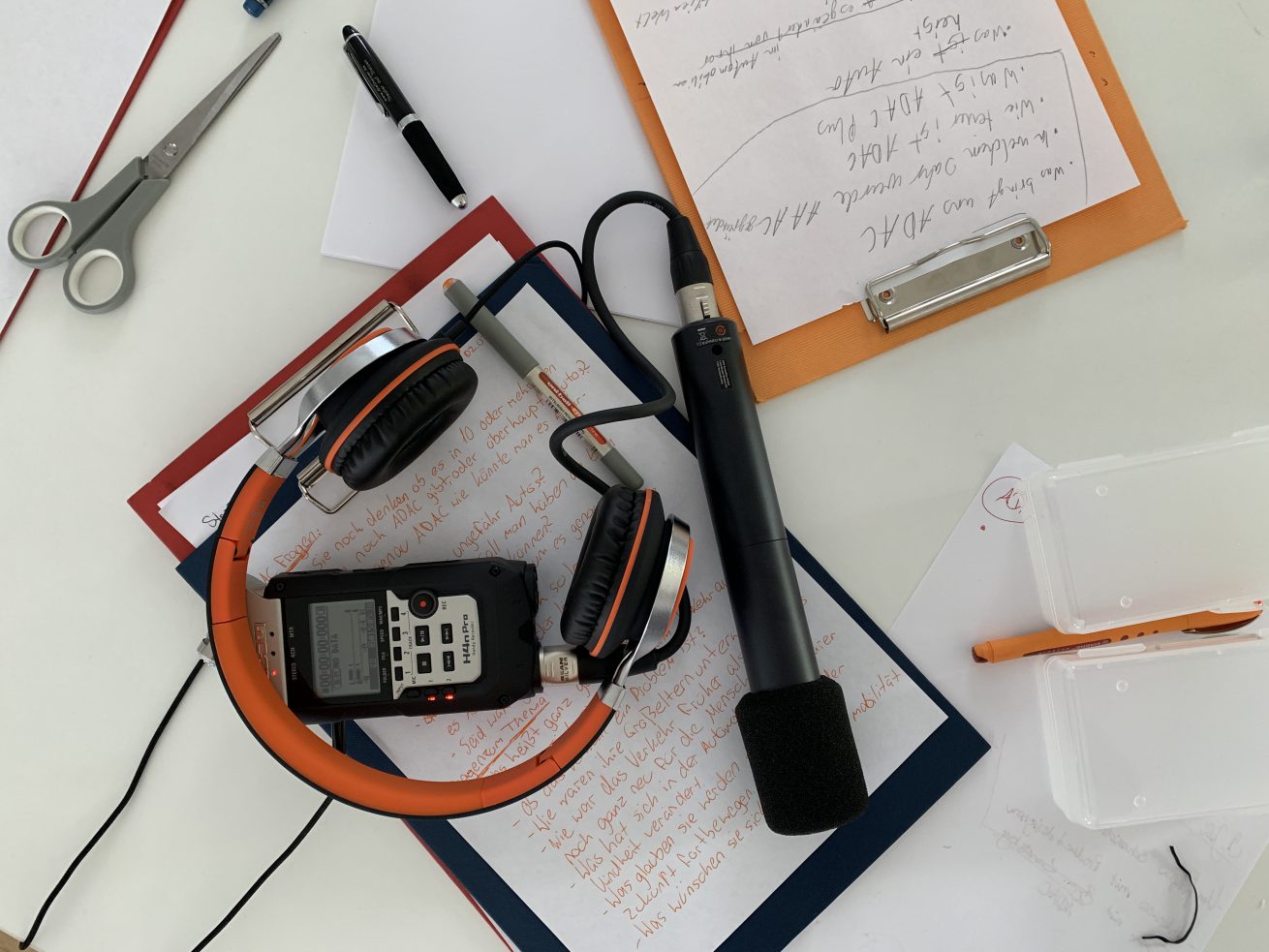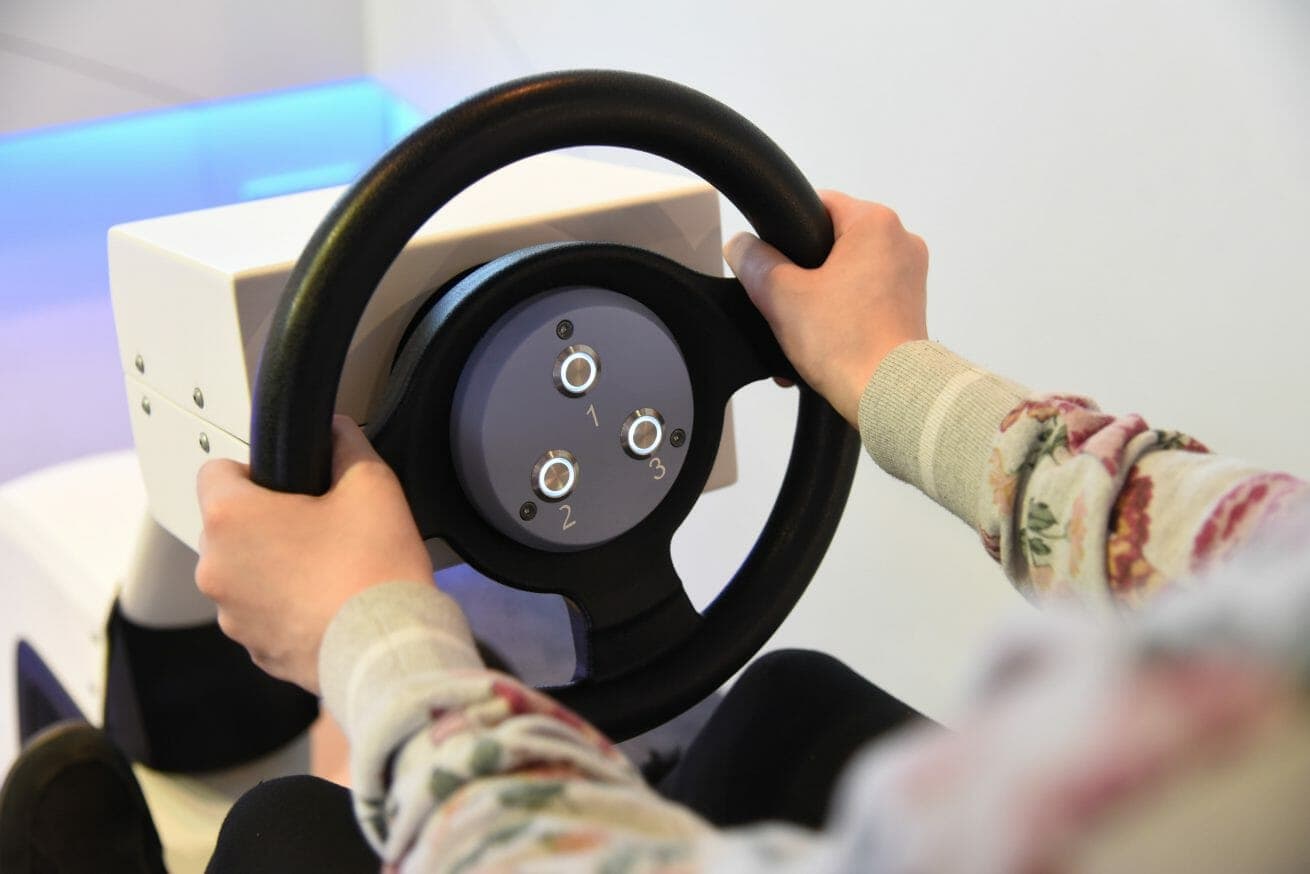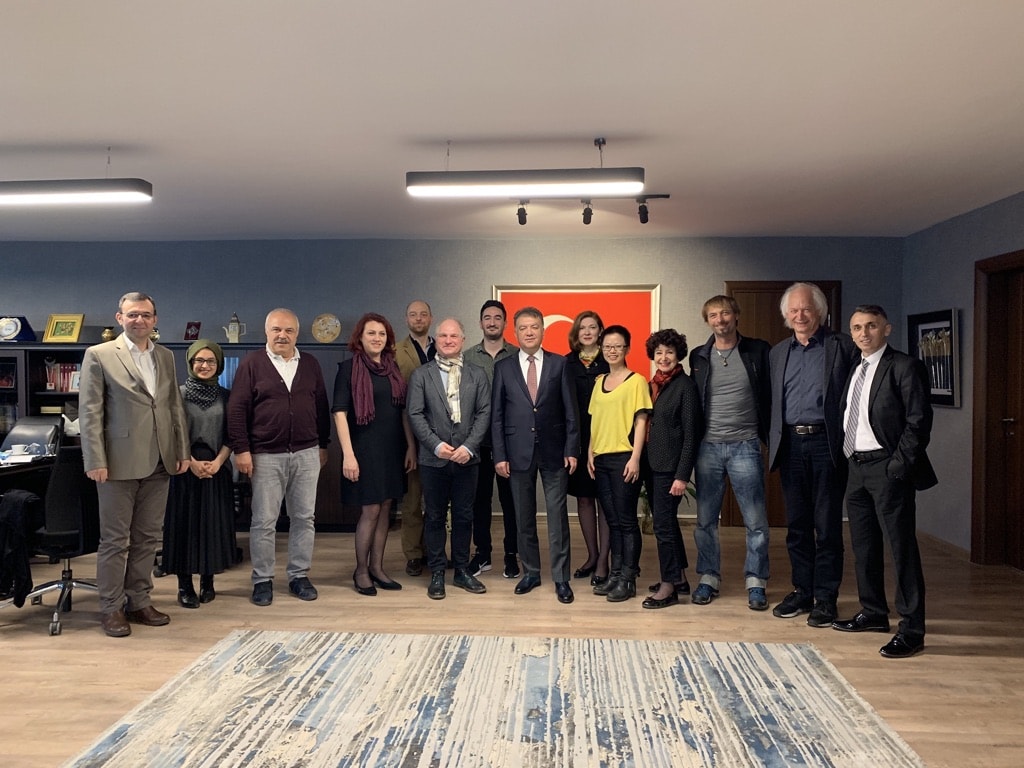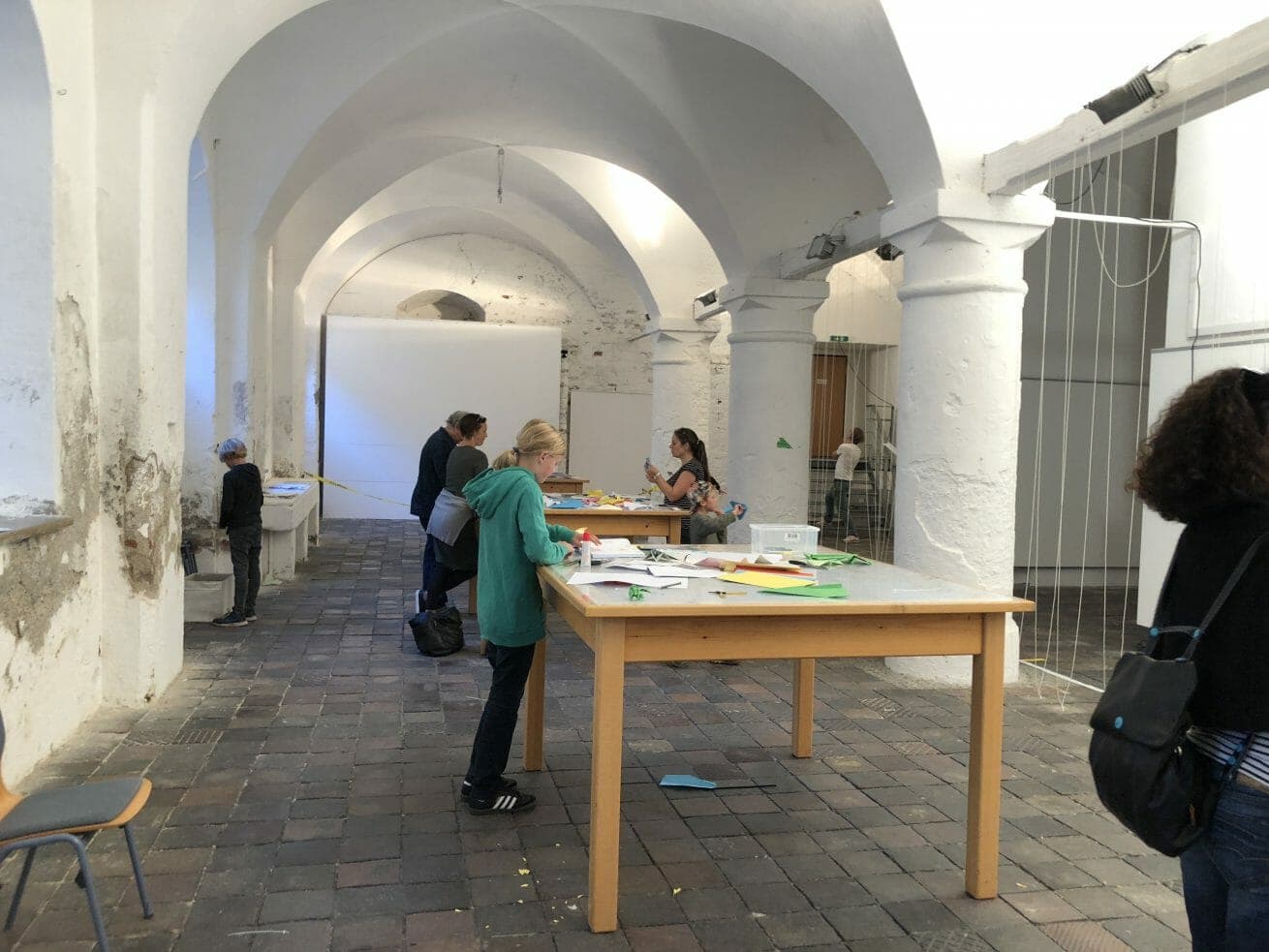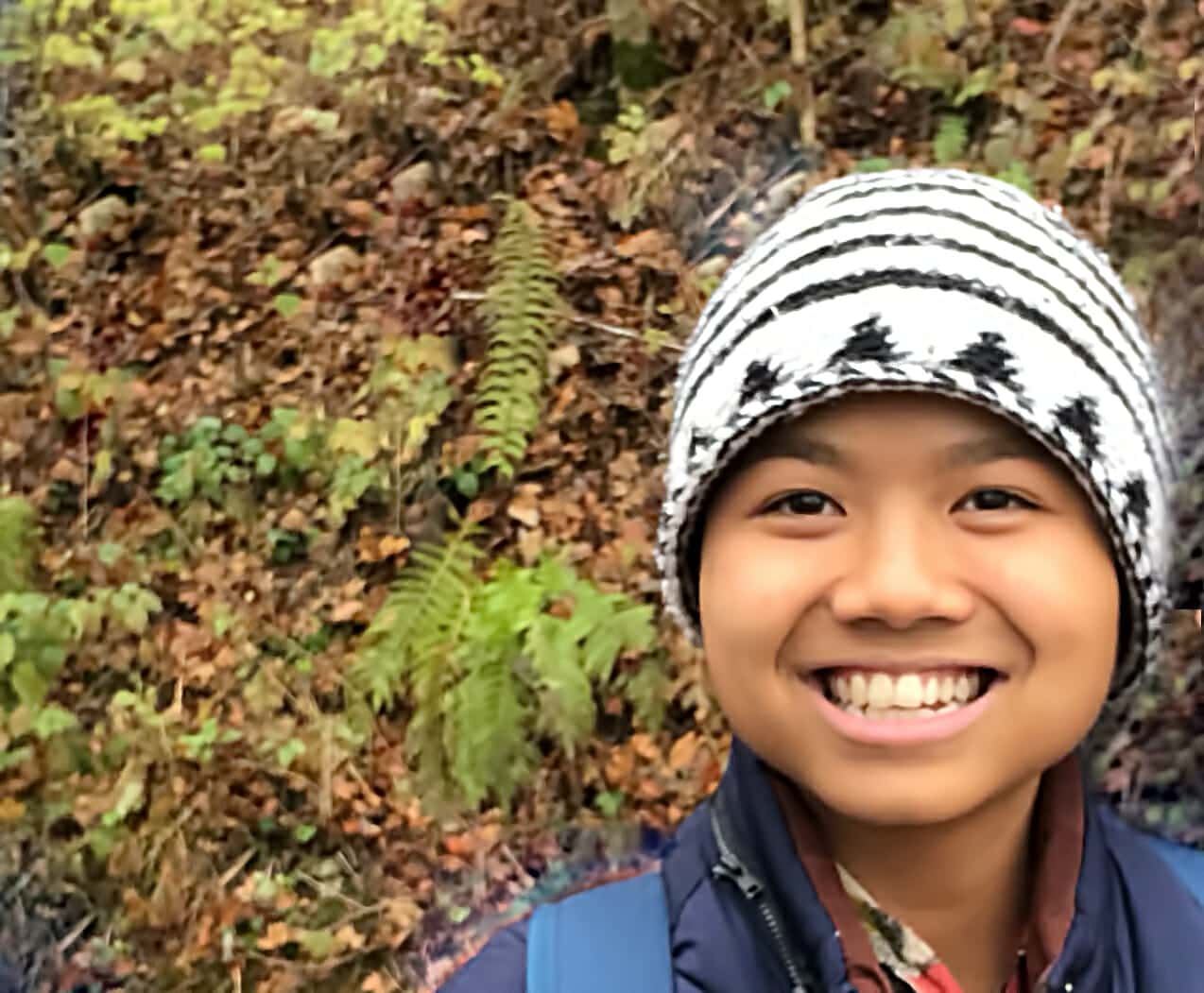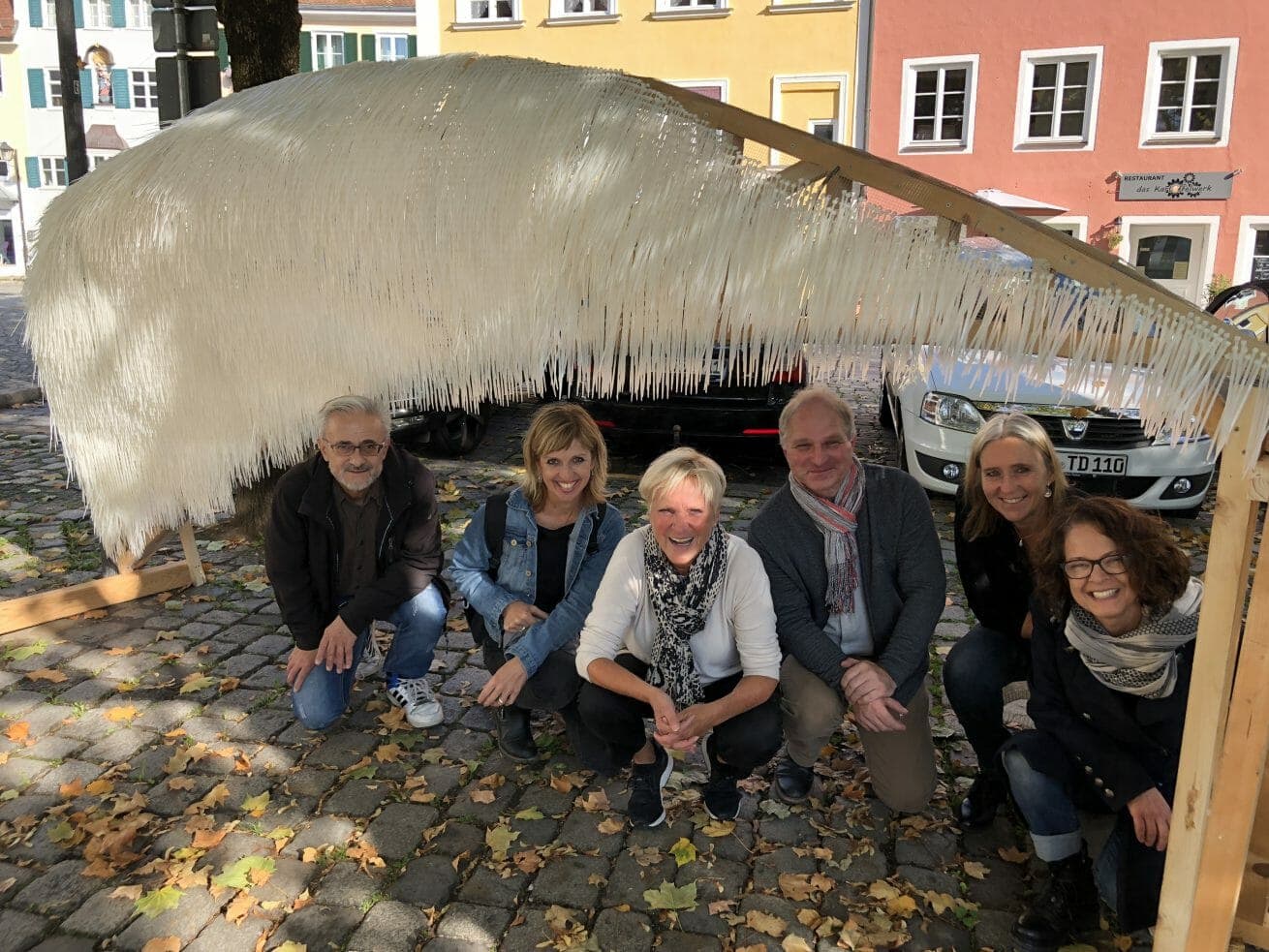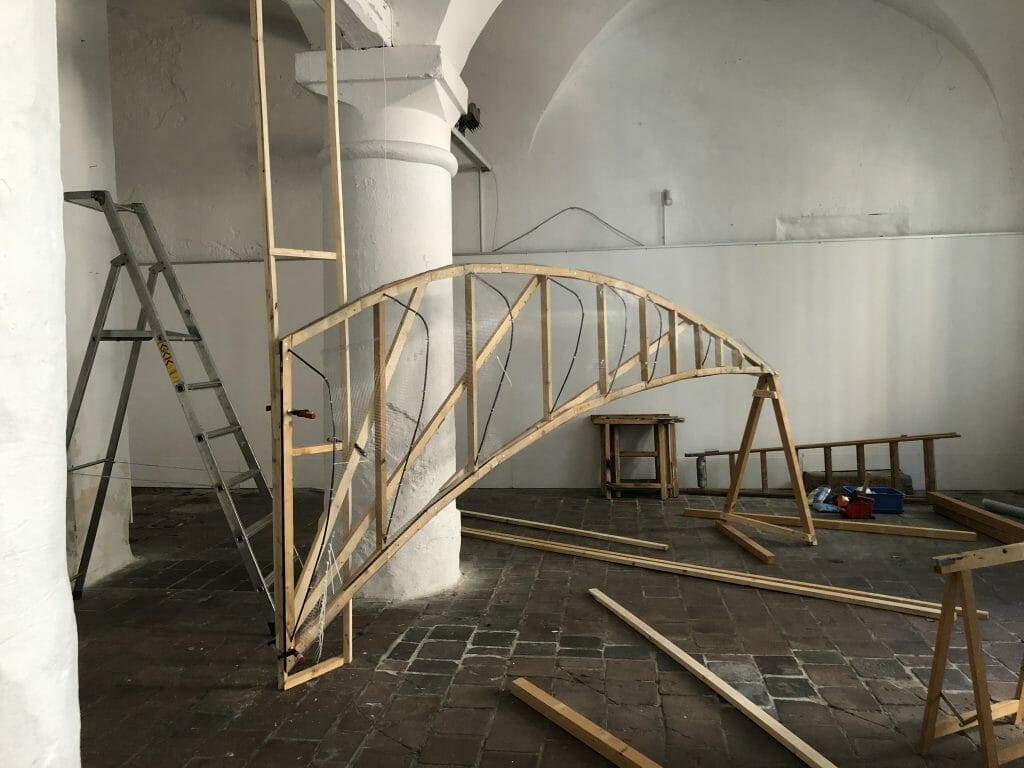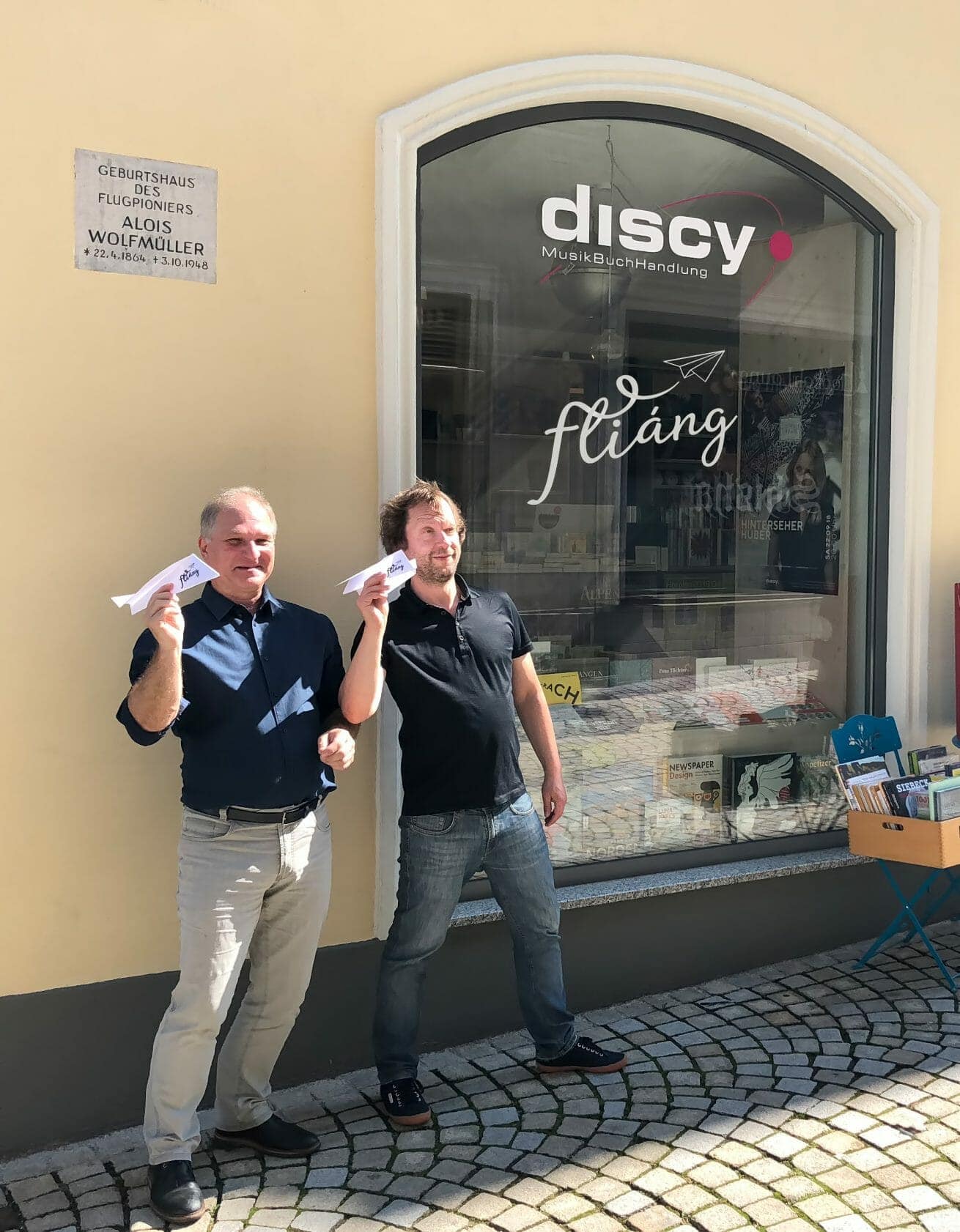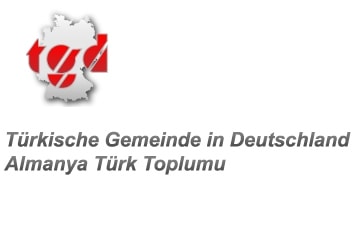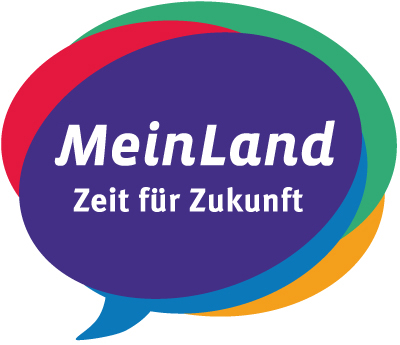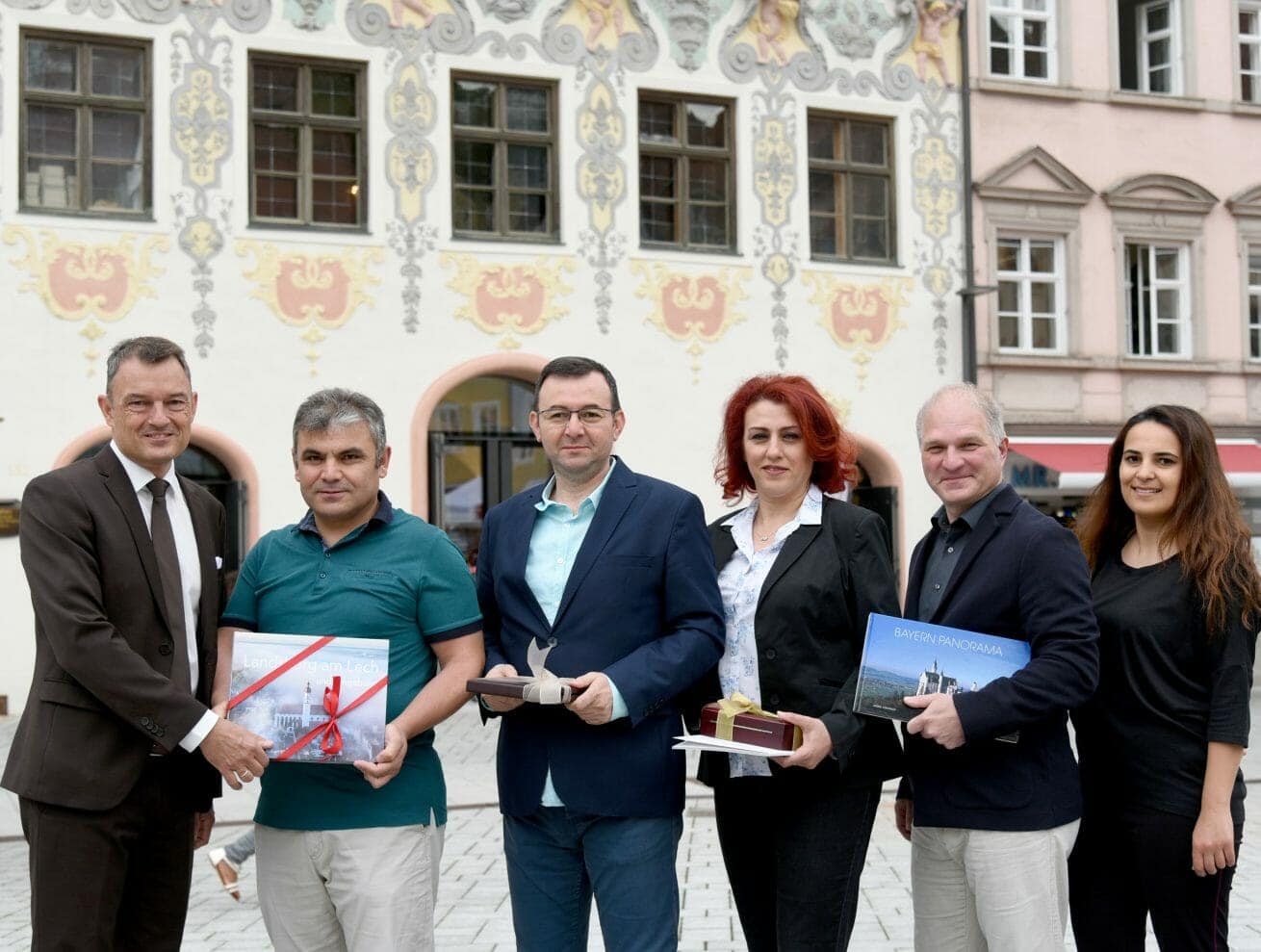Direktoren und Leiter der städitschen Projeketentwicklungsabteilung aus Istanbul sind zu Gast beim Landsberger Kulturverein «dieKunstBauStelle». Start eines großen gemeinsame EU-Programms.
Besuch aus Istanbul für den Landsberger Kulturverein „dieKunstBauStelle e.V.“: Vom 19. bis 25. Juni 2018 kam eine Delegation von wei Verwaltungsdirektoren und zwei Projektleitern der Istanbuler Stadtverwaltung nach Landsberg am Lech. Ihre besondere Abteilung heißt abgekürzt PGUB und steht für „Project Development and Implementation Unit“ des Distrikts Küçükçekmece, dem größten Stadtteil Istanbuls mit allein 760.000 Einwohner. Unter der Leitung des Landsberger Vereins soll in den nächsten Jahren ein größeres EU-Programm in Istanbul entwickelt werden werden. Am Mittwoch trafen sich die Gäste mit Wolfgang Hauck, dem Initiator und Vorsitzenden des Verein dieKunstBauStelle sowie dem Landsberger Oberbürgermeister Matthias Neuner im Historischen Rathaus. Die Gäste bekamen eine Führung durch das Historische Rathaus und natürlich durften gegenseitige Gastgeschenke bei dieser Gelegenheit nicht fehlen. Danach wurden ersete Möglichkeiten der Zusammenarbeit und des kulturellen Austauschs auf unterschiedlichen Ebenen besprochen.
Hilfe für benachteiligte Jugendliche
Die Abteilung PGUB wurde im Jahr 2015 ins Lebengerufen, um gezielt Projekte für Jugendlichen und jungen Erwachsene zu planen, zu entwickeln im Stadtteil Küçükçekmece durchzuführen. Dort leben allein 190.000 Jugendliche und junge Erachsene im Alter zwischen 13 bis 30 Jahren. Der Stadtteil ist durch seine vehrkhresg+ünstige Lage und die starke Prägung durch Industrie und Handwerksbetriebe sehr stark von Flüchtlinge und Migranten besiedelt und deswegen auch ein sozial Brennpunkt in der brodelnden Millionmetropole. Allein in diesem Stadtteil, dessen Namen auf Deutsch „Die kleine Schublade bedeutet, sverwaltet die Entwicklungsabteilung insgesamt 152 Schulen, 8.500 Lehrer und 161.000 Schülerinnen und Schüler. „Wir möchten den Jugendlichen dabei helfen, wieder in soziale Aktivitäten hineinzufinden, ihre persönliche Entwicklung vorantreiben und ihren Wert als Menschen wieder schätzen zu lernen“, sagt Neslishan Sagbas Önal, EU-Projekkoordinatorin der Stadtverwaltung Istanbuls.
Dabei ist die Expertise des erfahrenen Landsberger Wolfgang Hauck sehr gefragt, der sich bereits seit vielen Jahren im Bereich der kulturellen Bildung, mit dem Verein dieKunstBauStelle, internationaler Theaterarbeit mit den Stelzern und als Vorsitzender des Verbands der Freien Darstellenden Künste in vielen Bereich engagiert und über ein breites Netzwerk verfügt. „Im Wesentlichen möchte die Organisation mit unserer Unterstützung Projekte in Istanbul entwickeln, die dort in Schulen, Jugendeinrichtungen und sozialen Zentren eingeführt werden. Unser Teil ist vorrangig Projekte kultureller Art, aber es gibt auch ein großes Interesse an sportlichen Tätigkeiten und beruflichen Bildungsmaßnahmen.“, sagt Projektleiter Hauck. Die Delegation war sehr inspiriert durch die vielen Formate und Möglichkeiten, aber auch von der jahrzentelangen Erfahrung in der Kultur- und Bildungsarbeit, die sowohl in Landsberg, als auch bei anderen Organisation in Deutschland vorhandne sind „Wir wiederum profitieren von der großen Erfahrung des türkischen Projektpartners und der großen Kulturabteilungen in Istanbul“, betont Hauck. „Für uns sidn EU-Projekt wegen dem erfordelrichen Personalaufwand kaum zu bewerkstelligen.“
„Deutsch-türkische Jugendbrücke“
Ziel des Besuchs war es, Erfahrungen auszutauschen, Maßnahmen im kulturellen, sportlichen und berfulichen Bildungsbereichen zu planen und Partnerschaften zu knüpfen. „Wir sind hier, um zu sehen, welche Aktivitäten hier für diese Jugendlichen angeboten und realisiert werden, speziell im Bereich von Kunst, Theater und Musik, um die benachteiligten Jugendlichen in unserem Distrikt zu fördern und zu integrieren“, meint Önal.
So hat die Gruppe bereits Kultureinrichtungen in Bayern aufgesucht, um einen Wissenstransfer vorzunehmen. Neben Bildungseinrichtungen wie der Berufsschule in Marktoberdorf, wurden auch außerschulische Maßnahmen besucht, etwa die Theaterschule „mobile“ in Marktoberdorf oder das Theater „Eukitea“ in Diedorf, das mit Präventionstheater viele Erfahrungen gesammelt hat. „Aber unsere Partner möchten auch unsere Erlebnisse in der Kulturarbeit mit Geflüchteten, die daraus entstehenden Probleme und deren Lösungen kennenlernen“, so Hauck weiter. „Wichtig dabei ist es, deutsche und türkische Jugendliche zu vermischen – eine Brücke zu erschaffen“, ergänzt Önal – „eine deutsch-türkische Jugendbrücke.“
Wolfgang Hauck ist beeindruckt, „wie aufgeschlossen und wie stark die staatlichen Initiativen in Istanbul sind“. „Durch unser Culturel Relief Programm in der Türkei und der Arbeit für das Goethe Institute in den letzten Jahren sind wir auch in der Türkei bekannt geworden. Das Engagement der Mitarbeit an der Basis und Verwaltung ist beachtlich und zeigt andere, hoffnungsvolle Aspekte der Türkei, wie man sie auch aus der türkischen Lebensfreude und Gastfreundlichkeit kennt.“
Einladung nach Istanbul im Herbst
Aber auch die Landsberger Gastfreundlichkeit kann sich sehen lassen. „Wir sind sehr erfreut, wie herzlich wir hier aufgenommen worden sind,“ sagt Metim Nari, Verwaltungsdirektor Der Natinalen Bildungsabteilung des Distrikts Küçükçekmece. „Wir lieben die Stadt, ihre vielen historischen Aspekte, die Architektur und auch ihre Natur. Und sind sehr beeindruckt von der Arbeit unseres Partners und der Kunst und Kultur in Bayern und Landsberg am Lech.“
Im Herbst folgt schließlich die Gegeneinladung: „Für Oktober oder November 2018 ist in Istanbul zunächst eine Auftakt mit Stelzen und Kostümen vorgesehen, der Schwerpunkt liegt dabei auf den benachteiligten Jugendlichen und Geflüchteten in Küçükçekmece“, berichtet Hauck. „Hier möchten wir unsere Erfahrungen mit nutzen – jedoch nur nicht in Eliteschulen, in denen wir sonst unsere Projekte durchgeführt haben, sondern in Schulen und Einrichtungen in sozialen Brennpunkten.“ Das liegt deswegen nahe, da aus einem Projekt im Jahr 2015 noch viele Stelzen in Istanbul gelagetr sind. „Zudem ist ein weiteres Expertentreffen geplant, um die Programme aus dem EU-Erasmus-Förderungen gemeinsam und langfristig auf die Beine stellen können.“ Damit geht dann geht der internationale Erfahrungsaustausch in die nächste, vielversprechende Runde.
